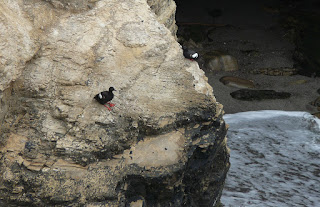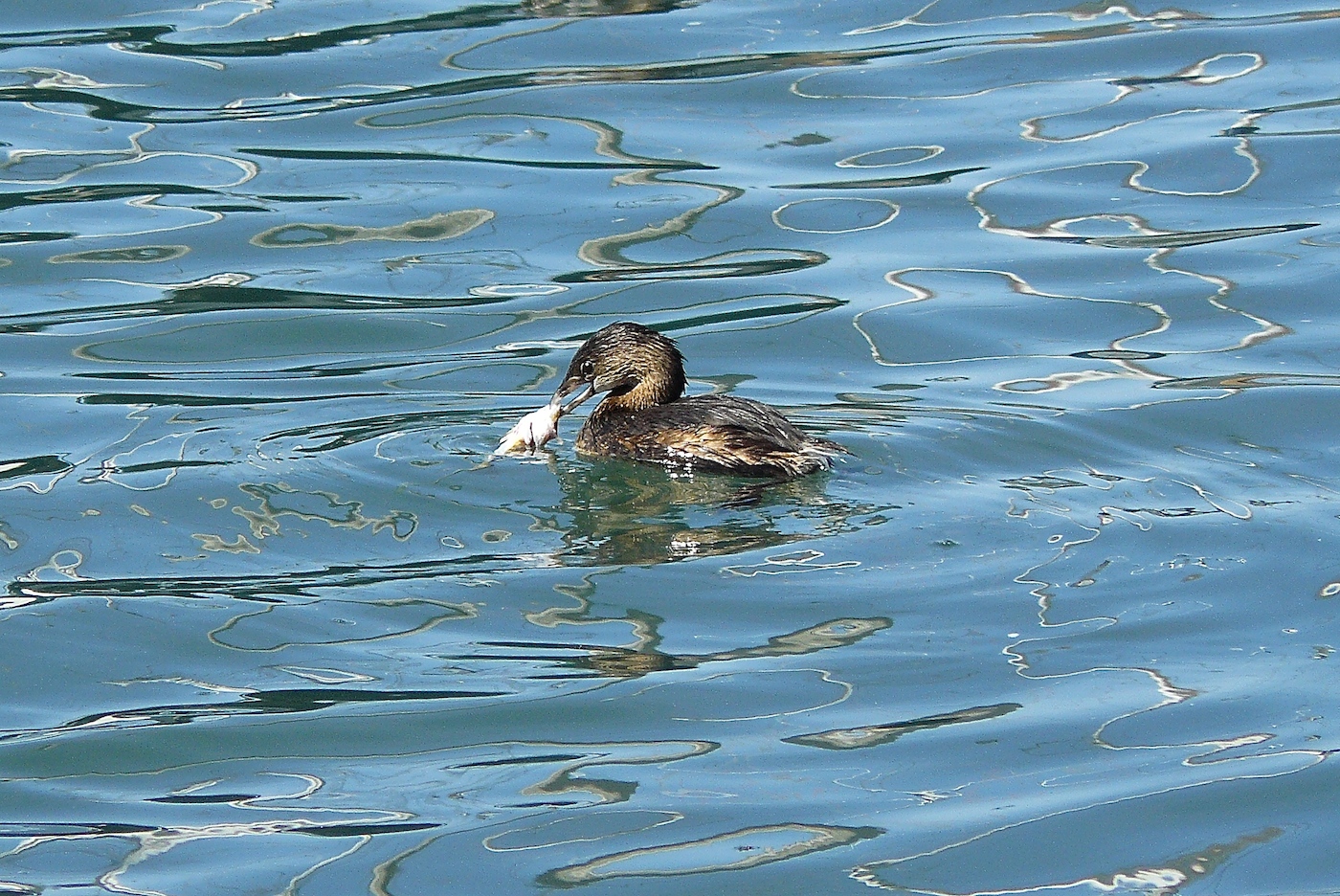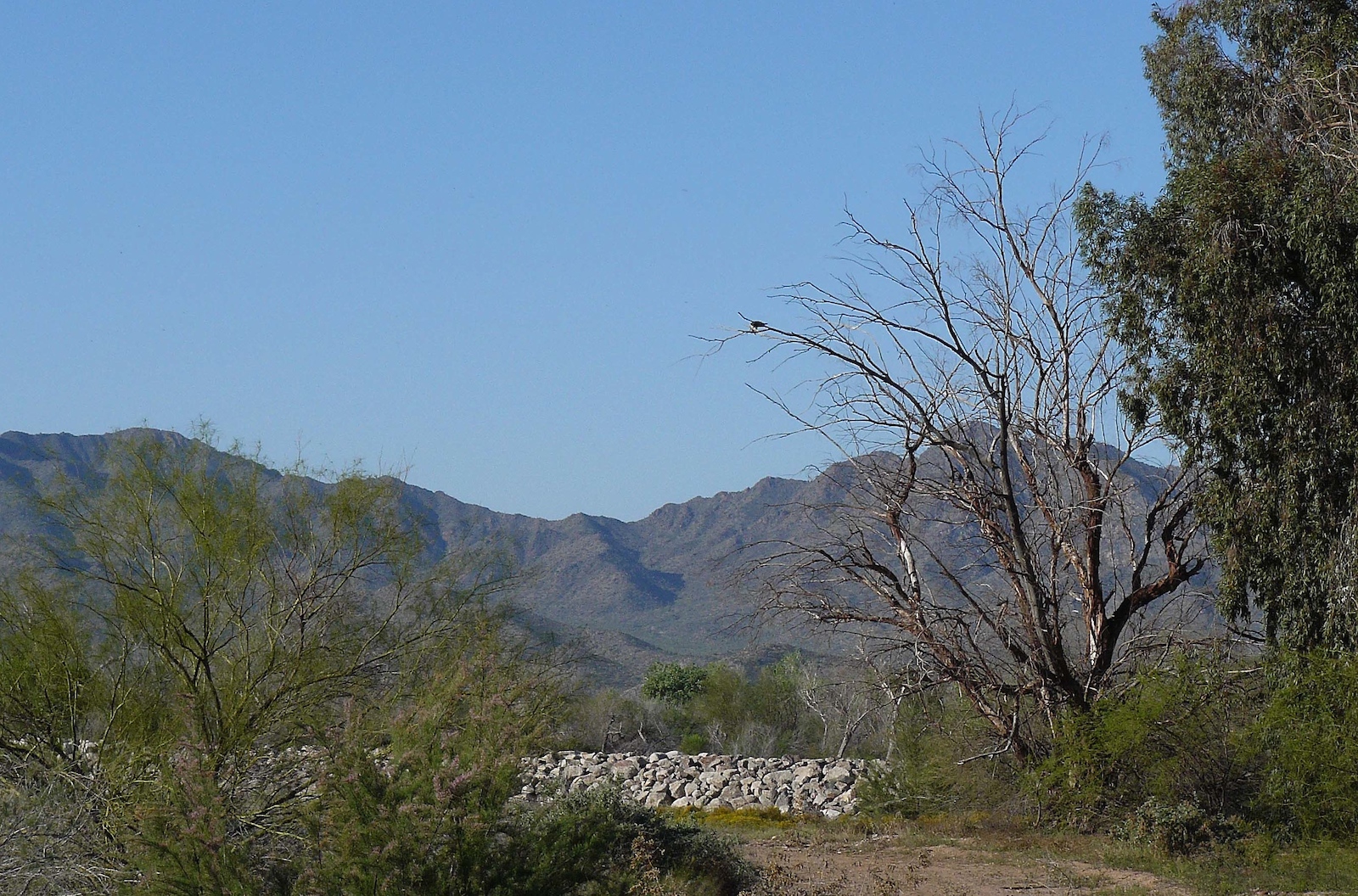Beginning on
Christmas Day 1900 ornithologist Frank M. Chapman, an officer in the
fledgling Audubon Society, proposed a new holiday tradition - a
"Christmas Bird Census," which would count birds during the holidays
rather than shoot them.
The data that has been amassed helps to guide conservation actions. Today, changes and declines in bird populations directly relate to climate change, habitat loss, and the health of our planet.
I signed up with the Morro Coast Audubon Society to Count my yard birds today. http://www.morrocoastaudubon.org/
The front yard is my primary birding area, as that is where the feeders are located. On
either side of the driveway are two seed feeders and two suet feeders. Peanut crunch suet is the favored suet. The morning began with rain. At 7:00 a.m. I was scraping mushy seeds out of the platform feeder, and resupplying.
Click on the above image to see the suet and platform feeder
(upper left) that are located on the south side of the driveway.
 The early birds
were White-crowned Sparrow (above), Golden-crowned Sparrow and California Towhee (below). The rain
does not appear to affect their feeding strategy. As the rain lessened more birds came out. Around 11:00, when the rain stopped, Mr. and Mrs. Nuttall's Woodpecker appeared in the bottlebrush tree. Ms Downey Woodpecker spent much time on the suet feeder in the bottlebrush tree. I must speak to her about over eating. (bird photos taken at Montaña de Oro)
The early birds
were White-crowned Sparrow (above), Golden-crowned Sparrow and California Towhee (below). The rain
does not appear to affect their feeding strategy. As the rain lessened more birds came out. Around 11:00, when the rain stopped, Mr. and Mrs. Nuttall's Woodpecker appeared in the bottlebrush tree. Ms Downey Woodpecker spent much time on the suet feeder in the bottlebrush tree. I must speak to her about over eating. (bird photos taken at Montaña de Oro)
On the opposite
side of the driveway, Oak Titmouse was letting me have it in no uncertain
terms, that the sunflower seeds needed replenishing. (Can you imagine
taking orders from a tiny gray bird that weighs less than an ounce?)
Perky Bewick's
Wren had a go at the suet while Ms Ruby-crowned Kinglet, flashing her
Ruby Crown, came back for seconds and thirds. Overhead Mrs. Black Phoebe
observed the action.
At 2:00 the wind came up; it was time to call it a day. This was a first. Never have I spent 6 hours looking at birds - including the over head birds which were Mallards, Gulls, and Turkey Vultures, the Total Bird Species Counted was - - 23!




































.jpg)
















